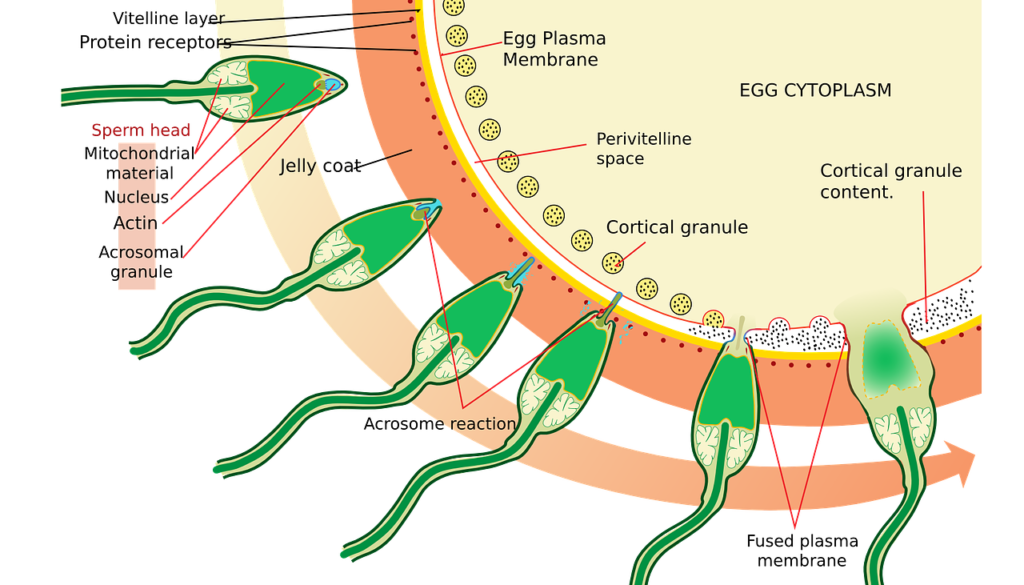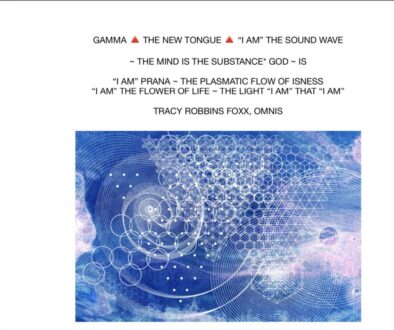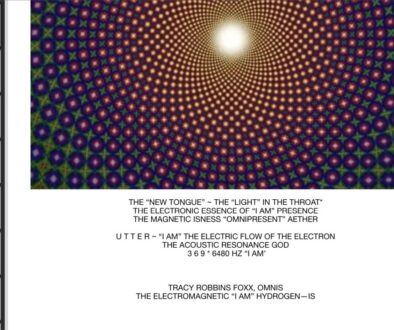ILLUMINATIONS ~ EGG ~ SPERM ? PLASMIC ISNESS “I AM”
KHAN ACADAMY (CREDIT)
Hundreds of millions of sperm vie for a single egg cell. The sperm cells are streamlined in design for this purpose: a long tail to help them move, lots of mitochondria to power that movement, genetic information to pass on, and enzymatic proteins to get into the egg cell. The proteins are stored in a cap at the front of the sperm known as an acrosome – this is the part that first contacts the egg. The tail is called a flagellum, and it uses the energy made by the mitochondria to move the sperm forward. Flagella use a lot of energy, so they’re kept dormant until sperm enter the vagina. Sperm are haploid; they contain one set of 23 chromosomes. They are created by the cellular division process known as meiosis, which creates 4 sperm from a single germ cell. They’re also very small, only about 50μm long. Sperm are ejaculated in semen, a basic fluid with a pH of about 7.4. The sperms’ target, is the egg. Since it is so much bigger than sperm, the egg is the source of cytosol and organelles, particularly mitochondria, for the future zygote. Unlike sperm, the egg has not completed meiosis – it’s stuck in the Metaphase II stage of division. This means that the egg is haploid but with sister chromatids still attached to each other. Also unlike sperm, the meiotic division to create eggs, oogenesis, only makes one viable egg. The egg is covered in a thick outer coating known as the zona pellucida, a layer of carbohydrate-covered proteins that surrounds the plasma membrane. The zona pellucida helps protect the egg and is responsible for mediating the initial meeting of sperm and egg. Cortical granules filled with enzymes line the inside of the cell membrane, and will help make sure that only one sperm can fertilize the egg.



